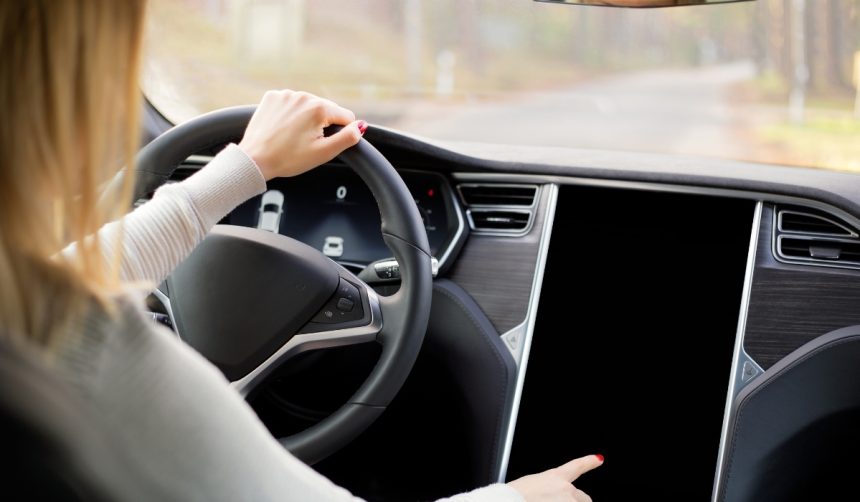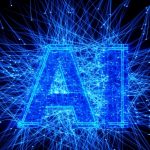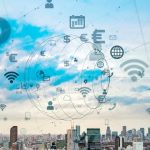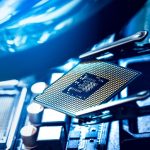At a time when self-driving technology draws increasing attention from the public and industry, Tesla’s AI/Autopilot Vice President Ashok Elluswamy has provided new insights into the company’s distinct approach in building autonomous vehicles. Following his presentation at the International Conference on Computer Vision, Elluswamy outlined key details about Tesla’s “end-to-end” neural network on social media, offering rare transparency on how Tesla’s AI interprets, reasons, and acts in complex real-world environments. The company’s methods have evolved alongside its fleet’s expansion, using real-world feedback to refine its technology. Tesla believes such refinements are crucial as the push for effective and safe self-driving software grows more urgent, with numerous companies racing to solve similar technical hurdles.
Waymo and other self-driving projects have often used modular approaches that separate perception, planning, and control, relying on intricate sensor arrays to inform decisions. Tesla initially adopted some similar strategies in earlier Autopilot versions, but recent years saw a shift toward integrating these steps within a single neural network. Unlike other companies, which frequently rely on high-definition maps and external sensors, Tesla emphasizes training data obtained from millions of everyday driving situations. While these contrasting philosophies continue to shape the industry, concerns around transparency and safety evaluation remain, with experts watching how Tesla adapts its bold approach as regulations evolve.
How does Tesla’s system distinguish itself from standard industry models?
Tesla’s system differs fundamentally by joining input perception, route planning, and vehicle control into one cohesive network. This enables gradients to flow directly from outputs to raw sensor data, allowing the AI to optimize holistic performance rather than just component-level functions. Ashok Elluswamy emphasized,
“The gradients flow all the way from controls to sensor inputs, thus optimizing the entire network holistically.”
Such architecture, according to Elluswamy, promotes scalability and the capacity for human-like nuanced judgment, which modular systems find hard to replicate.
What values does Tesla’s AI learn from real-world data?
By training on daily driving behaviors, Tesla’s AI picks up intricate social cues and prioritizations, such as navigating around puddles or determining if it is safer, in rare situations, to use an empty oncoming lane. According to Elluswamy,
“Self-driving cars are constantly subject to mini-trolley problems. By training on human data, the robots learn values that are aligned with what humans value.”
This approach supports decision-making processes that reflect those made by human drivers, enhancing the AI’s alignment with societal expectations and safety norms.
How does Tesla address the challenges of scale and reliable testing?
Tesla processes vast quantities of video, mapping, and telemetry—from what Elluswamy described as a “Niagara Falls of data”—using a global fleet that collectively logs hundreds of years’ worth of driving each day. To manage this enormous scale, Tesla curates only the most relevant training examples, feeding them into the end-to-end network. Complementary tools, such as Generative Gaussian Splatting for reconstructing 3D scenes and a neural world simulator for scenario testing, allow for robust evaluation and adaptation of new software before it reaches public roads.
The company anticipates extending this architecture to other robotics projects, including Optimus, Tesla’s humanoid robot. While Elluswamy expressed optimism about broader societal benefits, challenges related to interpretability, regulation, and public confidence will likely influence AI’s gradual integration into daily transport systems. As more companies observe and potentially adopt similar strategies, how Tesla negotiates these hurdles will continue to attract industry attention.
Readers interested in autonomous driving should note that Tesla’s reliance on holistic end-to-end neural nets, rather than discrete, rule-based subsystems, could offer greater adaptability but introduces complexities in diagnosing and validating safety decisions. Anyone following this field should consider not just technical advances but also the growing importance of comprehensive simulation, transparent communication, and the intersection of AI learning with evolving legal and social norms.
- Tesla uses an end-to-end neural network for its Autopilot AI system.
- The company’s technology learns human-like driving behaviors from vast real-world data.
- Tesla’s approach contrasts with modular, sensor-heavy systems from other automakers.










